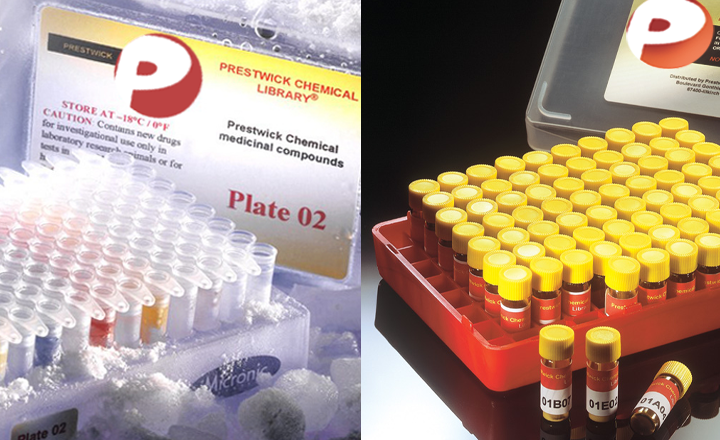Dual-fluorophore quantitative high-throughput screen for inhibitors of BRCT-phosphoprotein interaction
Simeonov A, Yasgar A, Jadhav A, Lokesh GL, Klumpp C, Michael S, Austin CP, Natarajan A, Inglese J
Analytical Biochemistry - vol. 375 60-70 (2008)
Analytical Biochemistry
Finding specific small-molecule inhibitors of protein-protein interactions remains a significant challenge. Recently, attention has grown toward « hot spot » interactions where binding is dominated by a limited number of amino acid contacts, theoretically offering an increased opportunity for disruption by small molecules. Inhibitors of the interaction between BRCT (the C-terminal portion of BRCA1, a key tumor suppressor protein with various functions) and phosphorylated proteins (Abraxas/BACH1/CtIP), implicated in DNA damage response and repair pathways, should prove to be useful in studying BRCA1’s role in cancer and in potentially sensitizing tumors to chemotherapeutic agents. We developed and miniaturized to a 1536-well format and 3-??l final volume a pair of fluorescence polarization (FP) assays using fluorescein- and rhodamine-labeled pBACH1 fragment. To minimize the effect of fluorescence artifacts and to increase the overall robustness of the screen, the 75,552 compound library members all were assayed against both the fluorescein- and rhodamine-labeled probe-protein complexes in separate but interleaved reactions. In addition, every library compound was tested over a range of concentrations following the quantitative high-throughput screening (qHTS) paradigm. Analyses of the screening results led to the selection and subsequent confirmation of 16 compounds active in both assays. Faced with a traditionally difficult protein-protein interaction assay, by performing two-fluorophore qHTS, we were able to confidently select a number of actives for further studies. ?? 2007 Elsevier Inc. All rights reserved.


